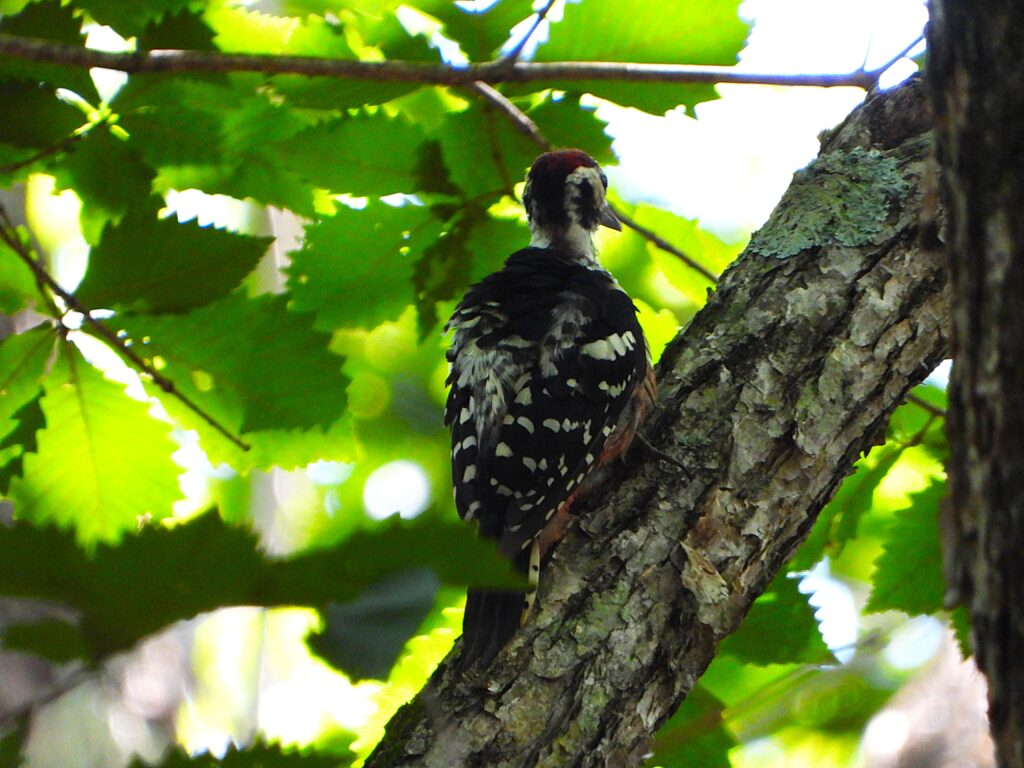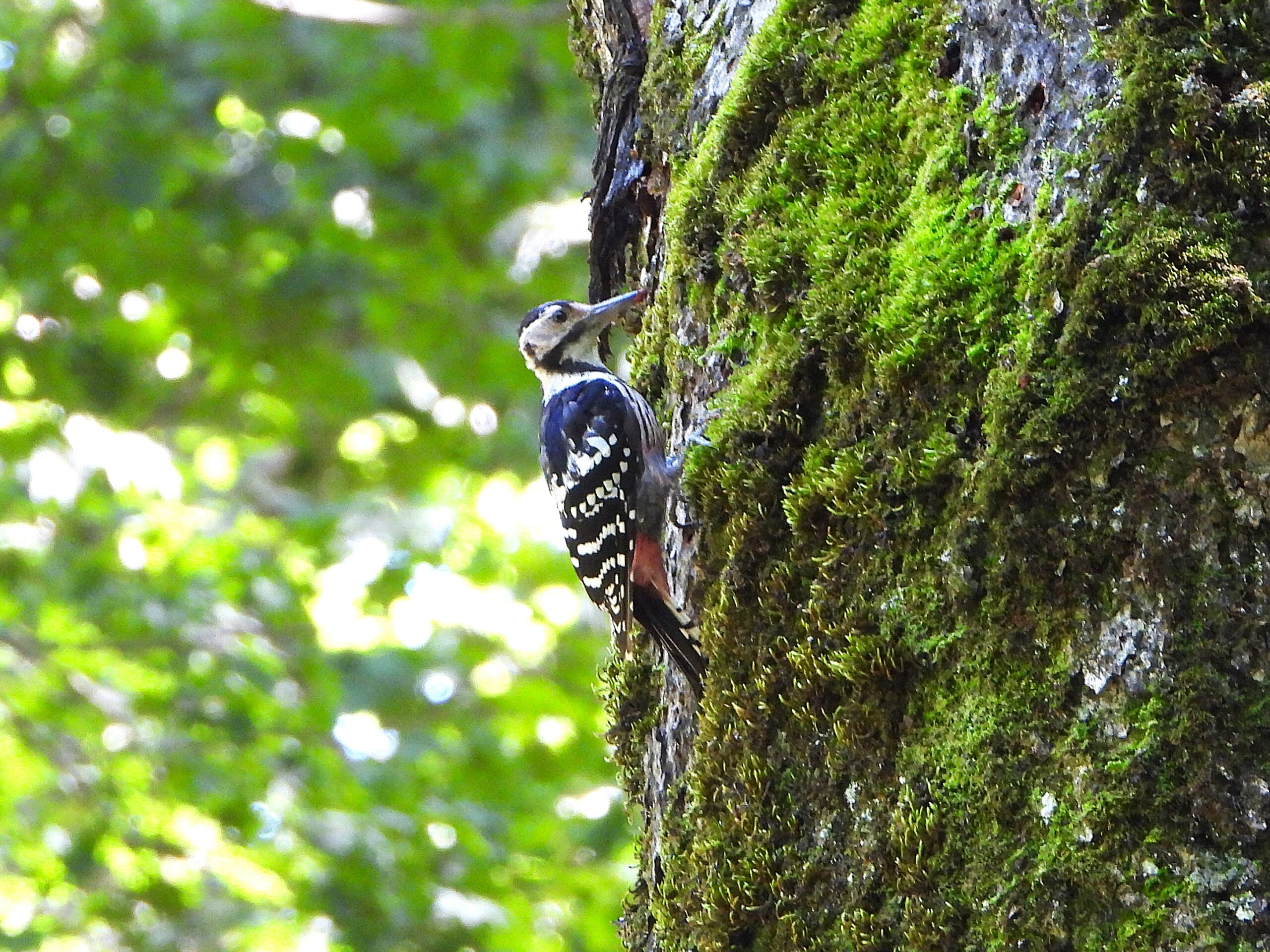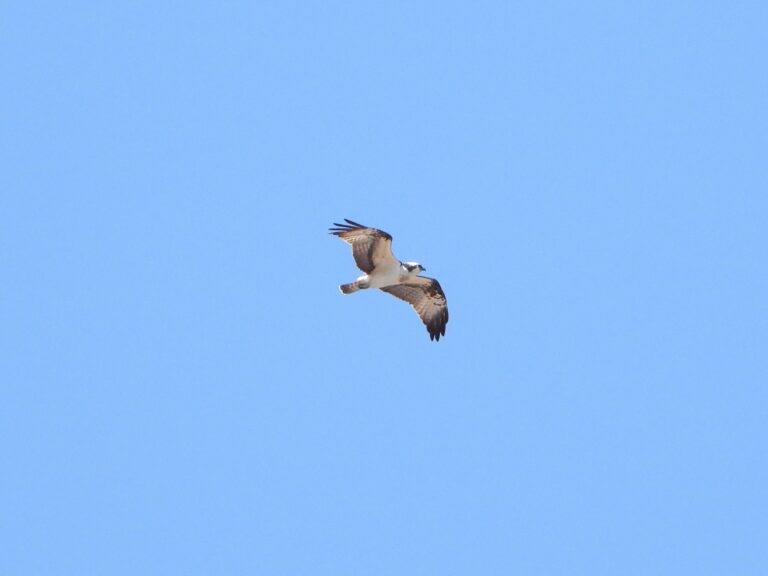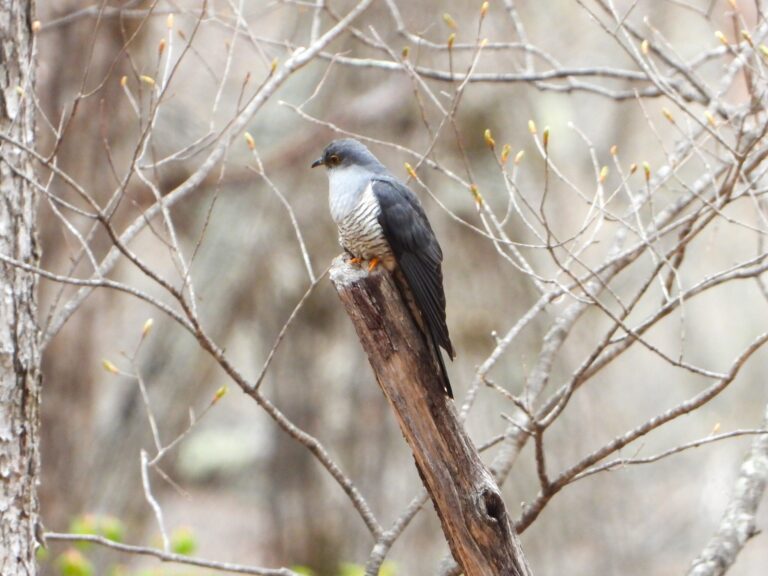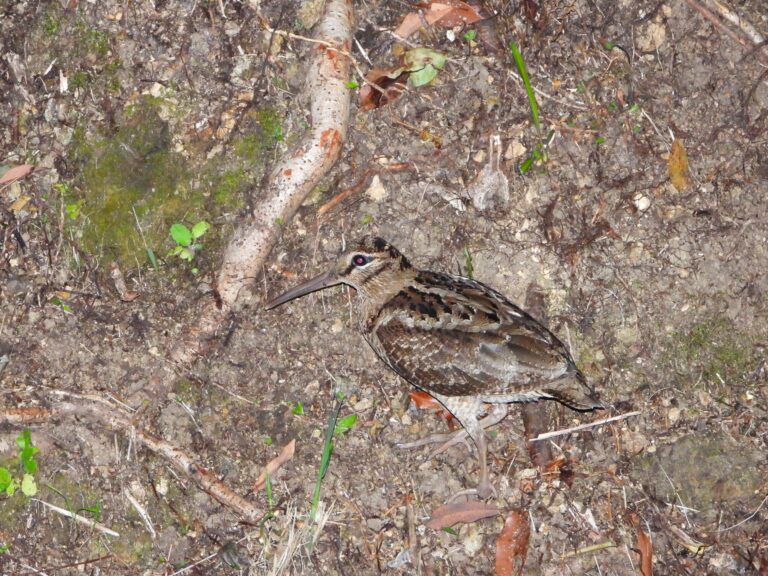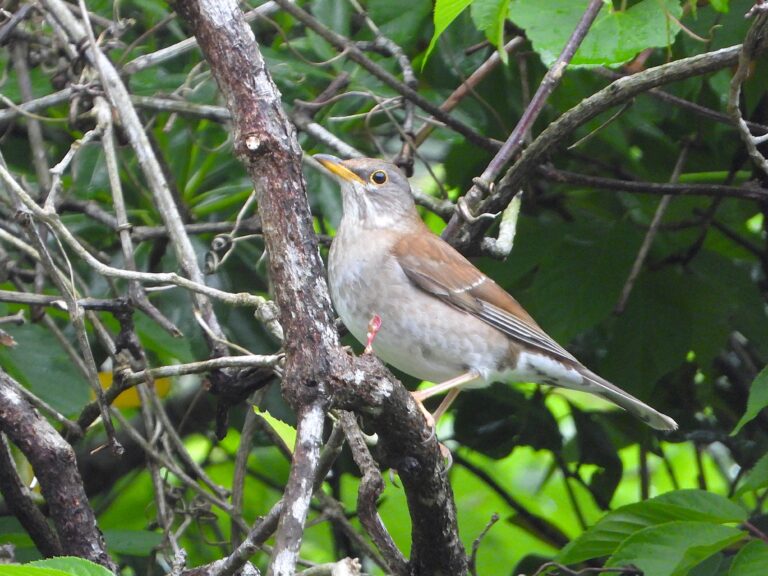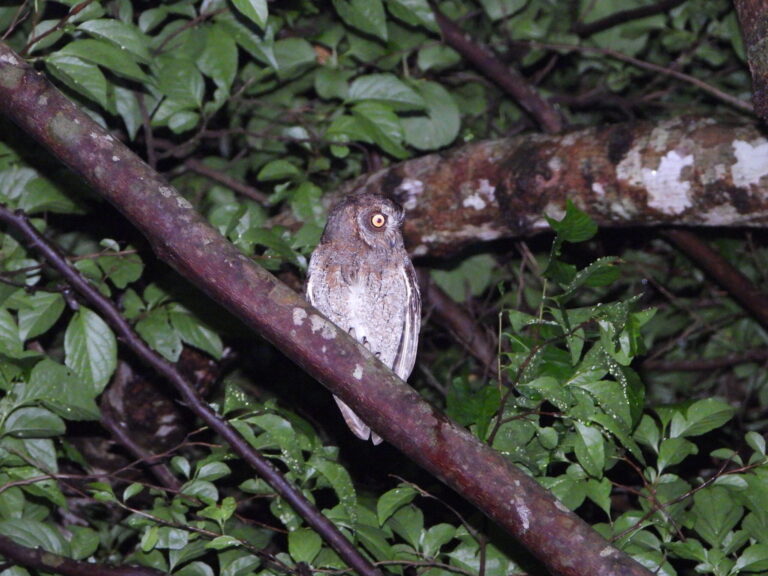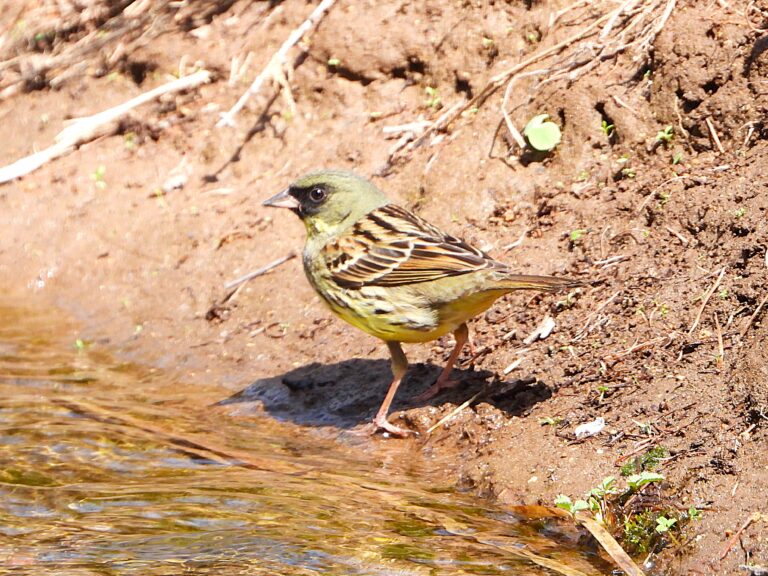White-backed Woodpecker (Dendrocopos leucotos) – Wildlife of Japan
Introduction
A powerful woodpecker of mature deciduous forests, the White-backed Woodpecker is the largest regularly encountered pied species in Japan. Its broad white back and heavier build set it apart, and its steady drumming carries through beech and oak woods in late winter and spring.
Appearance
Large for a pied woodpecker (about 28–29 cm). The back is mostly white, contrasting with black wings marked by white bars. Underparts are pale with dark streaking along the flanks and a red vent. Males show a red crown, while females have a black crown. The face has a black moustachial stripe and a broad white cheek patch. The bill is long and powerful, suited for scaling bark and splitting decayed wood.
Identification
Most often confused with the smaller Great Spotted Woodpecker (Dendrocopos major).
White-backed has an almost entirely white back and streaked flanks, while Great Spotted has a dark central back with a V-shaped white patch across the shoulders.
White-backed is larger with a longer bill; the male’s red is on the crown rather than the nape. Its drumming is typically longer and heavier.
Habitat & Distribution
Across the Palearctic, this species favors mature broadleaf forests with abundant dead and dying wood, especially beech and oak stands. It is mostly resident.
In Japan it is regular in Hokkaido and in northern to central Honshu, chiefly in montane beech and oak forests, and scarce farther southwest. It is absent or only accidental on Shikoku and Kyushu. Densities remain low where old-growth woodland is limited.
Where to See in Japan
Look in mature deciduous woods with plentiful snags, fallen logs, and beetle-killed trunks, especially beech (Fagus) and oak (Quercus).
In Hokkaido it occurs in lowland to foothill mixed forests and river belts, while in northern and central Honshu it is found in montane beech zones.
Observation is easiest in late winter through spring when resonant drumming marks active territories.
Behavior
Forages on trunks and large fallen logs, scaling bark and chiseling into decayed wood to reach wood-boring larvae.
Drums on thick, resonant timber; flight is undulating.
Pairs hold territories in extensive woodland and range widely where deadwood is patchy.
This species requires larger territories than the Great Spotted Woodpecker, as it depends on a steady supply of decayed wood and wood-boring insects.
Diet
Feeds mainly on insect larvae, especially longhorn beetles and other wood-borers, taken from dead or dying wood.
Also eats ants, other insects, and seasonally nuts and berries. It is less likely to visit feeders than the Great Spotted Woodpecker.
Reproduction
Nests in cavities excavated in dead or softened trunks and large branches, often in deciduous trees. Both sexes excavate. Clutches usually contain 4–6 eggs. Incubation and chick-rearing are shared.
In Japan breeding occurs from spring to early summer, typically with one brood.
Conservation
IUCN: Least Concern. Populations are stable overall but sensitive to the loss of deadwood and mature forest. Retaining snags, fallen logs, and uneven-aged stands is essential for sustaining the species in Japan.
Author’s Impression
Discovering this bird means listening to the quiet beech forest — the heavy roll of drumming on a resonant trunk, then a flash of white sweeping across the bark.
When it peels away bark and the red vent catches the light, you know you’ve met the giant among Japan’s pied woodpeckers.
→ See also: Great Spotted Woodpecker (Dendrocopos major) – Wildlife of Japan
